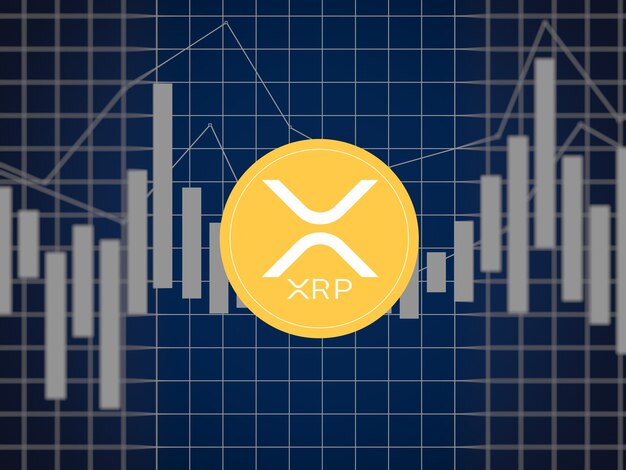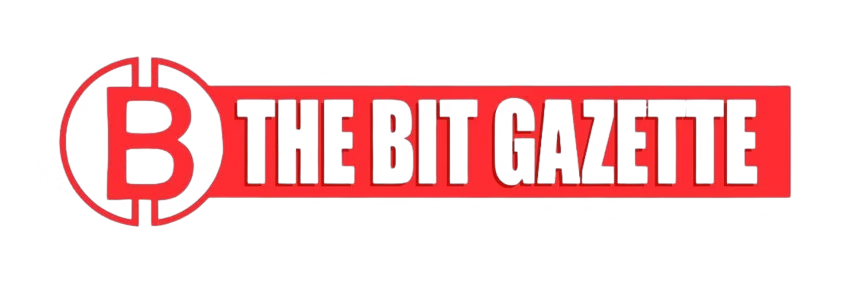The European Union is reportedly exploring whether the EU digital euro could be issued on major public blockchain networks such as Ethereum or Solana, according to a report by the Financial Times. The move marks a departure from earlier assumptions that the project would be built on a private, permissioned blockchain.
Sources close to the discussions told the FT that using a public network is “definitely something that [EU officials are] taking more seriously now.” If confirmed, this would represent a major milestone in the development of the EU digital euro, which has yet to finalize its technology framework.
Unlike private blockchains, which restrict participation to authorized entities, public blockchains are open to all users. This design could significantly increase transparency, but it also raises questions about scalability, governance, and compliance.
Comparing Europe’s model with global approaches
The debate over whether the EU digital euro should use a public or private model has drawn comparisons with both China’s digital yuan and U.S. stablecoins.
A source familiar with the matter told the FT that a private deployment “would look much more like what the Chinese central bank is doing than what private companies in the U.S. are doing.”
China’s central bank digital currency (CBDC) is fully controlled on a private network, while U.S. companies such as Circle have issued dollar-pegged stablecoins on public blockchains like Ethereum. This contrast has fueled concerns in Europe about sovereignty and technological dependence.
“Subsidizing the adoption of dollar-based stablecoins risks undermining Europe’s financial autonomy,” — Piero Cipollone, Executive Board Member, European Central Bank, in an April statement.
Stablecoin dominance and Europe’s concerns
At present, U.S. dollar-backed stablecoins account for 98% of the global market, a dominance that has worried policymakers in Brussels and Frankfurt. EU officials fear that widespread adoption of dollar-pegged stablecoins in cross-border payments could diminish the euro’s international relevance.
In response, ECB board members have repeatedly emphasized the importance of launching the EU digital euro as a credible alternative. Cipollone noted earlier this year that the central bank aims to “reduce reliance on foreign-denominated stablecoins by providing citizens with a trusted digital euro option.”
Adopting a public blockchain could also be viewed as a strategic choice to compete directly with U.S. private-sector solutions, especially as the EU continues to refine its regulatory frameworks under MiCA (Markets in Crypto-Assets Regulation).
Industry reaction and open questions
Industry analysts suggest that running the EU digital euro on Ethereum or Solana could reshape Europe’s approach to digital money, offering both opportunities and challenges.
“Building on a public chain like Ethereum would give the digital euro immediate interoperability with decentralized finance applications, but it could also complicate compliance and risk management,” — Patrick Hansen, Director of EU Strategy at Circle, in a recent interview.
Crypto investors are watching closely, as the ECB’s decision could determine whether the EU digital euro integrates seamlessly into existing blockchain ecosystems or operates in a siloed environment.
Still, major questions remain unanswered:
- Will the ECB opt for Ethereum’s established security and ecosystem, or Solana’s high-speed, lower-cost transactions?
- How will regulators enforce anti-money laundering rules on a public network?
- And what governance structures will be put in place to maintain monetary control?
What’s next for the EU digital euro?
The ECB has not yet confirmed whether Ethereum or Solana will be used, and officials declined to comment on the ongoing deliberations. For now, the EU digital euro remains in its design phase, with final decisions expected in the coming years.
What is clear, however, is that the choice of blockchain infrastructure could define the project’s long-term viability and its ability to compete with U.S. stablecoins and China’s CBDC.
For crypto investors, the possibility that the EU digital euro might leverage Ethereum or Solana represents more than a technical choice as it signals Europe’s willingness to engage with public blockchain ecosystems that have already captured global market share.
If the ECB proceeds with this approach, the EU digital euro could mark the first time a major central bank deploys its digital currency on an open, decentralized network which is a precedent that would reverberate far beyond Europe’s borders.











